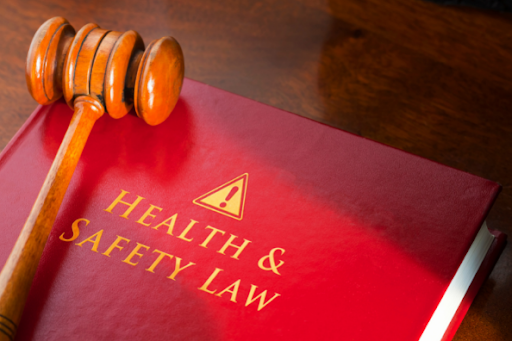An employee doesn’t have quite as many responsibilities as a business owner or employer, but they do have “to take reasonable care for the health and safety of himself and any other persons who may be affected by his acts or omissions at work” and where an employer has to exercise a legal duty, the employee has “to cooperate with him so far as is necessary to enable that duty or requirement to be performed or complied with” – Health & Safety at Work etc Act 1974 (HASAWA).
Employees and workers are also responsible for their own health and safety (H&S) because without them it would be impossible to effectively implement the required safety measures.
How would they know which policies applied to them, and which safety precautions to apply and when?
For the purpose of this article, the following ‘employee’ responsibilities also relates to contractors and freelancers:
- Follow health and safety policies – the policies will provide information specific to a company or project. Workers must follow the safety procedures detailed in the company policy and implement any safety precautions as required, before starting a task.
2. Follow health and safety training – as employers are responsible for providing the training, the worker is responsible for following the training and information given. H&S information can cover a broad range of subjects from first aid, emergency evacuation arrangements, spillage management, and safe use of work equipment. Once the training has been completed, workers are expected to implement this knowledge into their day-to-day working lives.
3. Work with employers to ensure H&S is maintained and improved – as an employee or worker, you should be consulted on health and safety matters. When this happens, you must give your full and honest opinions. If an employer doesn’t know about something, how do you expect them to improve it? When you cooperate with your employer, you’re more likely to get a policy that is relevant, effective, and reflects what you actually do.
4. Report health and safety hazards and inadequate precautions – because employees and workers use the workspace, plant and equipment on a daily basis, they’re in the best place to notice when something’s not right, or not working properly, and are best placed to spot hazards and failings in safety procedures. If workers come across faulty plant or equipment, broken or out of date PPE, they’re required to report this to their line manager or a senior member of staff. (Quite a few companies operate a ‘Close Call or Near Miss’ reporting procedure and tend to use the data as a leading KPI (key performance indicator) to measure and monitor H&S performance across their business.)
5. Keep up to date with H&S policies – like most good policies, they’ll be reviewed regularly and updated occasionally. A good employer will let you know when there’s been a change. A better employer would have consulted you before the change, and then formally briefed it out once signed off! Either way, you need time to read, understand and implement the changes. If you need to refresh your knowledge revisit training materials or H&S documents – especially RAMS, ToolBox Talks, etc
There’s so much more to the Health & Safety Policy than the one-page statement signed off by the Managing Director!
If you’d like any help and support with the Health and Safety arrangements in your workplace we’d be happy to help. Contact us at hello@sheqworx.co.uk or call us on 0770 777 8998. Alternatively, you’re welcome to book a free consultation here

